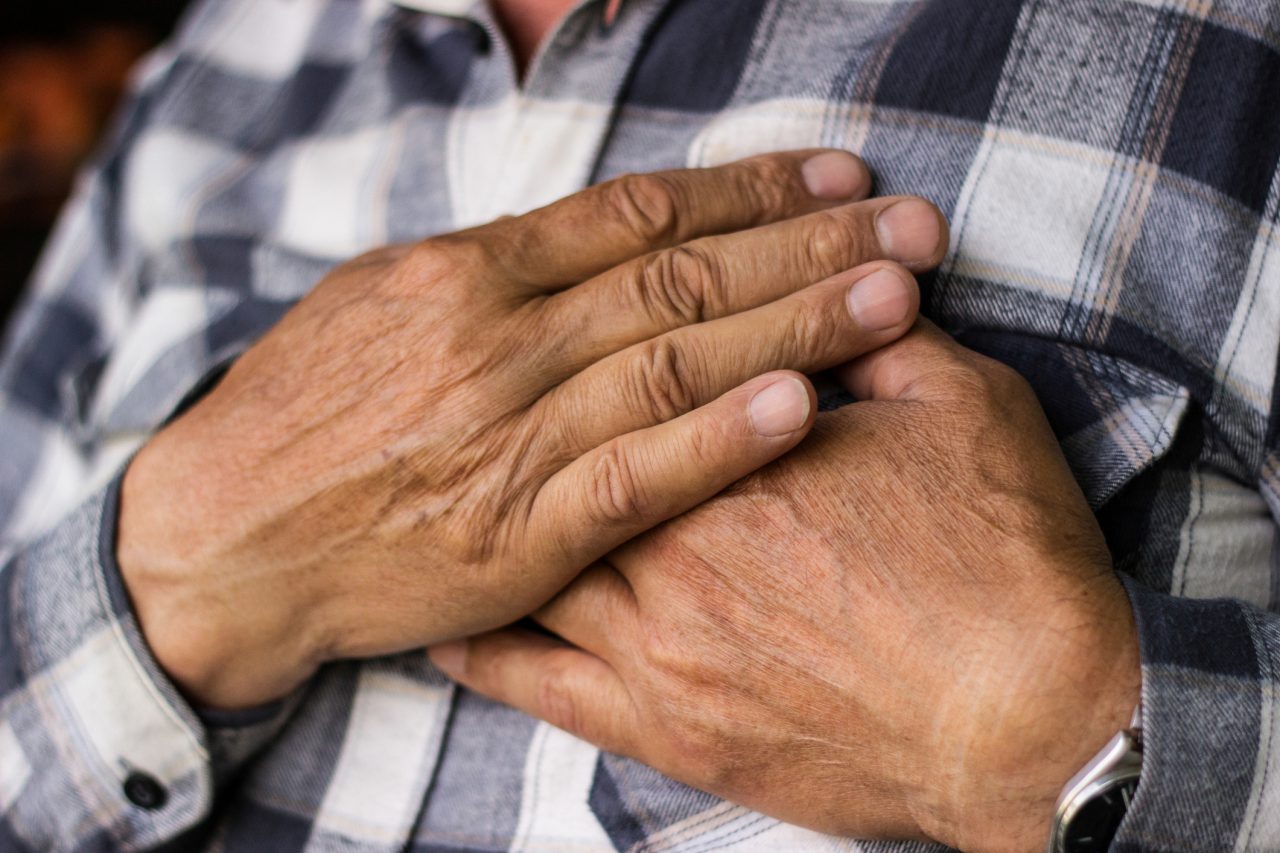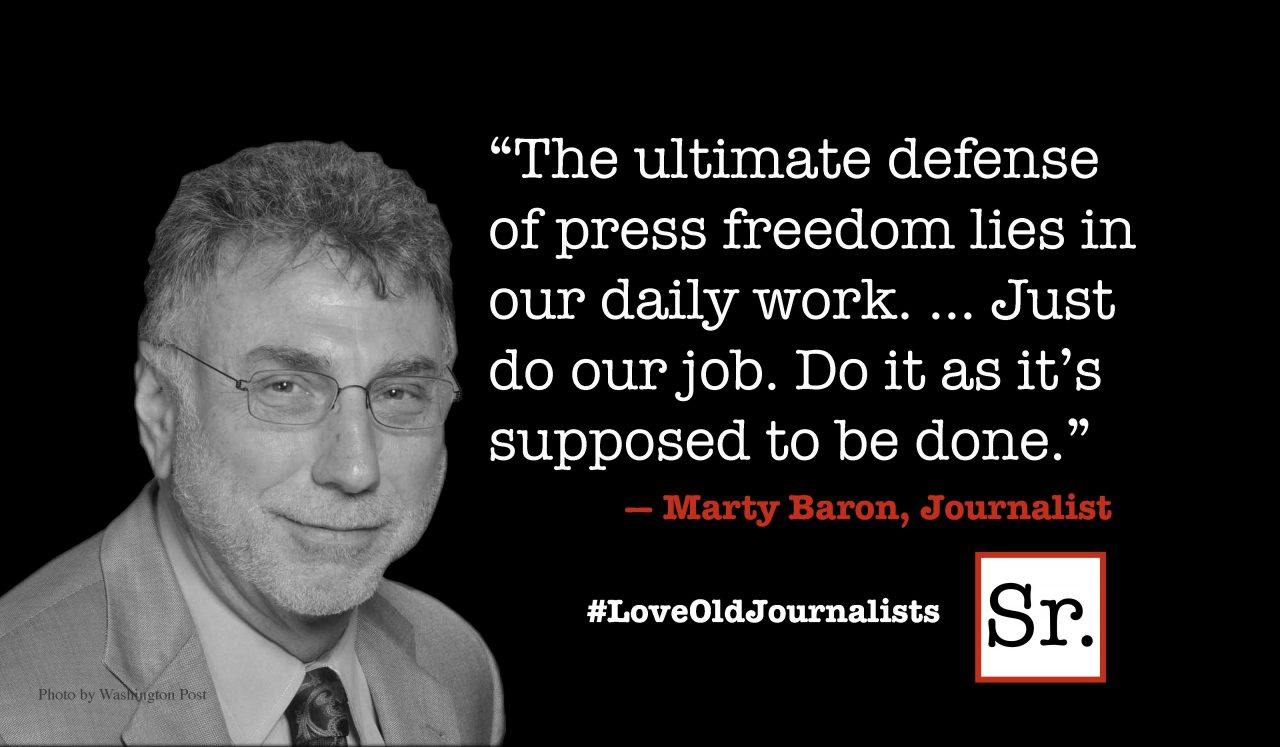Q. How can I tell if I'm having a heart attack?
Here are six common warning signs:
- Most heart attacks involve discomfort in the center of the chest that lasts more than a few minutes. It may pause for a while and then restart. The discomfort can be in the form of pain or pressure. Some experience a squeezing or feeling of fullness.
- Pain in shoulders, arms, back, upper abdomen, neck and jaw
- Shortness of breath
- Cold sweat
- Nausea
- Lightheadedness
- Anxiety
A blood clot in a coronary artery narrowed by cholesterol and other substances is the usual cause of a heart attack. Doctors call a heart attack a “myocardial infarction.” Loosely translated, the term means heart-muscle death. The clogged artery prevents oxygenated blood from nourishing the heart. This can lead to pain, the death of heart cells, scar tissue and fatal arrythmias.
About 1.1 million Americans have a heart attack every year. About 460,000 of those heart attacks are fatal. About half the fatalities happen within an hour after symptoms begin and before the victim gets to a hospital.
A heart attack can happen anytime — during exertion or at rest. Some heart attacks are like the ones you see in films and on stage; they’re sudden and dramatic. However, most heart attacks build gradually over several hours. Many heart-attack victims have symptoms days or weeks in advance.
If you think you’re having a heart attack, call 9-1-1 immediately. There are drugs that break up clots and open arteries; they work best when given within the first hour after the attack.









